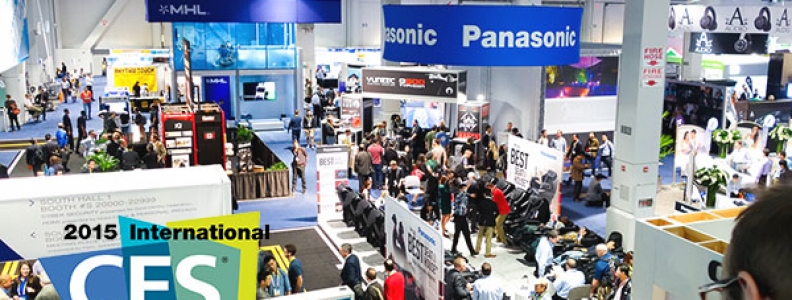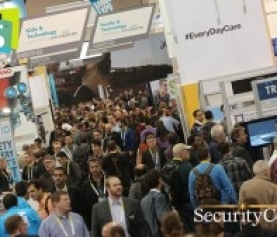Although we learned a lot at CES 2015, one exclamation remained consistent: The future has arrived! A slew of topics buzzed through the trade show halls including self-driving cars, virtual reality technology and the disruption of cable TV. But nothing was quite as prominent as connectivity of the home and the Internet of Things (IoT). From (very) smart watches, to diapers with built-in Wi-Fi capabilities, to wearable fitness trackers for dogs, many of the gadgets flaunted at this year’s international tradeshow aimed to improve your lifestyle by connecting everything else in your life.
Although CES 2015 introduced many futuristic gadgets that support the IoT – or Internet of Everything as Cisco CEO John Chambers put it in a keynote address – the concept of home connectivity is here now. Seventy five percent of U.S. homes have broadband and 80% of those homes have a home network, according to a recent report by Parks Associates. By the end of 2015, U.S. homes will have an average of 12 connected devices.
This rate of adoption will only continue to increase exponentially. Progress isn’t just marching on, it’s a stampede. Service providers that fail to stay ahead of the surge of technology hitting the market risk becoming irrelevant in just a few short years.
The coming of age of the IoT marks an exciting, invigorating cross roads in the technological world that we predict will shortly become a necessity for providers to become versed in. It facilitates a lifestyle consumers demand and the faster operators can adapt their services and support to that lifestyle, the better.
Home networks are becoming even more complex as consumers continue adding devices. Yet many consumers hesitate to adopt an entire connected wireless home network due to a lack of technical support in this space. Nearly 1 in 3 consumers experience connectivity problems with their tablets or smartphones while half experience issues with their computers, according to a recent Parks Associates report.
What will that mean for providers? If the provider can’t offer a service that their customer expects, it will become a serious black eye on the customer experience and instill distrust in the provider’s brand. Although the provider’s role is primarily to ensure a signal is delivered to the modem, the consumer has grown to expect support in streamlining the connection between their devices and the provider’s network. Lack of support capabilities leaves the consumer frustrated and puts the relationship at risk.
Mark our words: the future is here and your company has no choice but to begin adapting to it. Operators will need to be one step ahead to guarantee long-lasting, satisfied customer relationships and to attract new ones. Reacting to these changes will include supporting more devices, accounting for increased data usage with faster bandwidth speeds and selling devices directly to their customers.
Much of the technology presented at CES 2015 aims to simplify lifestyles through interconnectivity. However, with connected devices constantly sprouting and advancing, it can take years of schooling just to understand how to get it all to work.
The reality is you don’t have to be an expert, you just have to know one. This flourishing industry will only continue to put pressure on operators to provide premium technical support. We believe this support gives providers the opportunity to reinvent the customer experience by providing a superior service and value-added features such as security.
The number of things connected to the internet has already exceeded the number of people on earth. Just five years away, it is predicted there will be 50 billion devices connected to the internet. At SecurityCoverage, we pride ourselves on empowering ISP/Broadband/MSO providers, retailers, and technology companies by offering total technology service programs both for them and for their customers. We know the future is here and we have the tools to help you prepare for it. Learn more about our complete home technology solution Tech Home HERE.




